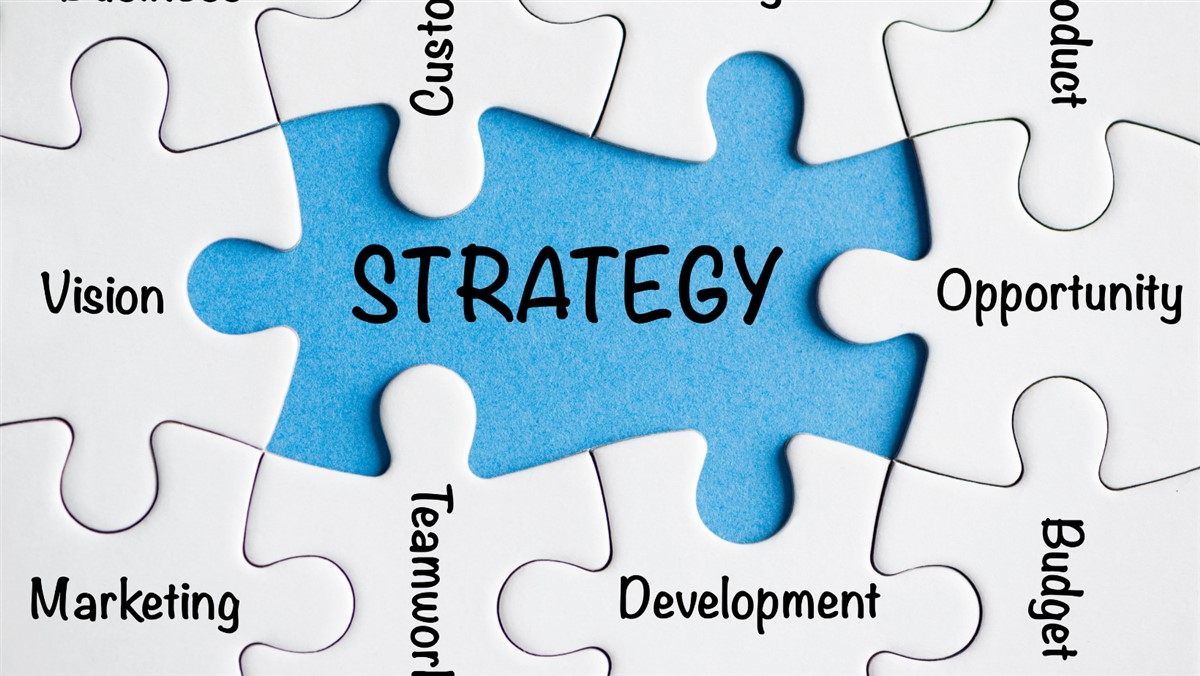Employee Engagement Strategies
A Step-By-Step Guide to Formulate and Execute Meaningful Strategies to Increase Employee Engagement in your Organization
Wednesday, November 15, 2023
 Many mix up strategies, actions, activities, and ideas. It’s important to understand the difference because, without a clear strategy, your actions, activities, and ideas might be wasting your employees’ time and organization’s resources.
Many mix up strategies, actions, activities, and ideas. It’s important to understand the difference because, without a clear strategy, your actions, activities, and ideas might be wasting your employees’ time and organization’s resources.
What is an employee engagement strategy?
The strategy is your overarching game plan. After conducting an employee survey, your HR and senior leaders can formulate strategies that will help increase engagement.
An employee engagement strategy might read like this:
Create a corporate communications plan.
Prioritize leadership development.
Implement meaningful recognition and rewards.
Stop right there.
Ask, Why?
Why will a corporate communications plan improve employee engagement?
Why should the organization prioritize leadership development?
Why should departments implement meaningful recognition and rewards programs?
Understanding why leads to successful strategy execution. Remember, strategy without execution is meaningless.
Now comes how.
How will the organization improve internal communication?
How will you develop your leaders?
How will you implement meaningful recognition and rewards programs?
After this comes the WHAT … What activities, actions, ideas will you implement to drive the strategies? This requires a budget, resources, and plans with clear metrics. Here are a few common engagement strategies, why they matter, how you can approach them, and what to do.
Employee Engagement Strategy Examples in the Workplace
Strategy:
Create a corporate communications planWhy:
Clear and transparent communication is the foundation of engagement. It’s essential to keep employees informed about organizational goals, changes, and expectations. Encouraging open dialogue and creating channels for employees to voice their concerns and ideas fosters trust and enhances engagement. And, most importantly, an effective communications plan is a map of how the organization communicates with its employees, stakeholders, the media, customers, and regulators. This is a pretty big deal!
How:
Audit your current communications plan: You wil likely find gaps as well as areas where you can optimize communication. You can identify which communication tools are most effective within your organization.
What:
1. Keep meetings organized and establish guidelines: Communicate when to meet, who will meet, and why. Avoid the meeting trap – having a meeting because it’s on the calendar. And follow-up on meetings with notes, expectations, and established timelines to get things done.
2. Make communication efficient: The going-through-the-hoops-process is very 1980s. Everyone should be using the same form of communication, whether it’s email, phone calls, or an in-company platform.
3. Check in: Ask for feedback and take reasonable actions. Act on communication.
4. Maintain transparent workflows: Everyone should have access to a platform that provides them with the information they need to understand processes and procedures. This allows them to get their work done.
Strategy:
Develop organization leaders.Why:
Investing in leadership development programs is crucial to ensure that managers possess the skills needed to engage and inspire their teams.Good leaders significantly impact employee engagement levels. Likewise, great leaders drive change, establish the organization’s vision and direction, and improving an organization’s financial success.
How:
Make 360 degree feedback part of your organization culture. This survey is a tool that can help identify your leadership strengths and areas of opportunity.
What:
1. Offer leadership training and coaching: Depending on your 360 survey results, you can provide your organization leaders with directed workshops, classes, and skills development like communication, problem-solving, conflict-resolution, decision-making, teamwork, creativity skills and more.
2. Improve organization communication channels: Stop playing broken-telephone and start connecting. If your organization doesn’t have efficient communication channels, it’s really hard for leaders to get out necessary messages and listen to important feedback.
3. Create a mentorship or returnship program: Partner employees with organization leaders to learn and grow. It’s an incredible way to keep people learning, teaching, growing, and connecting.
Strategy:
Implement a meaningful recognition and rewards program.Why:
Recognizing and rewarding employees for their contributions is a powerful way to boost morale and engagement. Both individual and team achievements should be acknowledged to demonstrate appreciation.
How:
Establish what matters. Measure what matters. Align recognition programs with company goals and values. Remember, this is a system through which achievements, actions, success, attitudes, and behaviors of employees are recognized. This isn’t haphazard, as it’s integrated in company culture.
What:
1. Social recognition platforms: Implement a team-of-the-month program that includes highlights of achievements on the website, newsletter, employee intranet pages, social media etc. Include a catered afternoon snack or lunch. (Likewise, you can do an employee of the month). Social recognition can be less formal, as well, with managers thanking and congratulating staff at meetings.
2. Monetary recognition platforms: Bonuses, gift cards, that catered lunch are all monetary recognition platforms. Be transparent about how to earn this recognition – whether it’s meeting sales goals, increasing web performance etc.
3. Peer-to-peer recognition platforms: This can include shout-outs on the employee intranet pages at meetings and during the workday. When managers model gratitude and recognition, employees are likely to follow suit.
Next post, we’ll continue exploring the why, how, and what of the most common employee engagement strategies for organizations.
RECENT BLOG POSTS
Tuesday, December 16, 2025
Tuesday, December 2, 2025
Tuesday, November 18, 2025
Tuesday, November 4, 2025
Tuesday, October 21, 2025
Tuesday, October 7, 2025
Tuesday, September 23, 2025
Tuesday, September 16, 2025
